Dot Peen Marking Machine
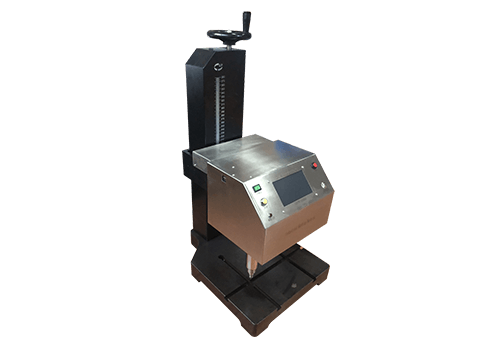
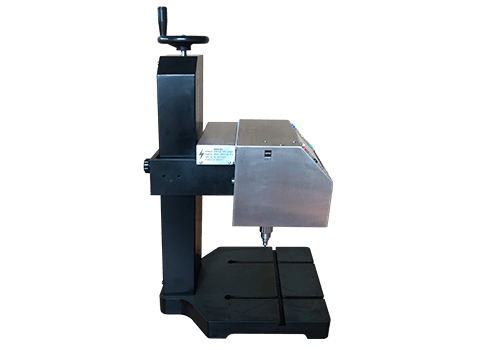
Superbmelt dot peen marking machine is software-controlled marking peen that moves according to a specific guide rail in the X, Y two-dimensional plane. The marking peen performs high-frequency impact motion under the action of electric power, thereby engraving a mark with a certain depth on your product surface.
Superbmelt desktop metal marking machine is integrated design, extremely stable and easy to use, a good engraving depth, high speed direct parts marking, marking result clear, support some uneven surface marking.
The dot peen marking machine (SPB-DE) is mainly used for metal parts, cars and motorcycle parts, instrumentation, machinery, metal tag engraving, and other industries small and medium parts engraving and marking.
1. Integrated industrial 5-inch touch screen with software for increased machine stability and ease of operation.
2. Superbmelt dot peen marking machine series adopt HEF technology, which can support some uneven surface marking.
3. This device does not need to be connected to a computer or to an air compressor, greatly reducing your later use costs.
4. The equipment complies with the EMC electromagnetic compatibility specification and has an independent EMC processing module to filter the power system interference effectively. It can let the electrical system runs more stable.
5. Powerful software can mark any characters,numbers,logo, vin code, 2D datamatrix code, graphic outline, variable data and so on.
| Model number | SPB-DPM5 |
| Standard Marking Area | 140mm x 90mm |
| Marking Speed | 40mm~50mm/s |
| Impact Frequency | 300 times/s |
| Precise Repeatability | 0.02mm |
| Marking Depth | 0.05mm~1 mm(per material) |
| Power Supply | AC 100V~240V 50HZ60HZ |
| Energy Consumption | 125W |
| Controller Type | Integrated 5 inch touch screen and powerful software |
| Marking Type | Automation |
| Marking Machine Type | Desktop, Tabletop |
| Marked content | All English Characters, All Numbers,Variety of Graphics outlines, Logos, Dot Matrix 2D codes, Circle Letters, Serial Numbers, etc. |
| Usage | Metal machine for etching, marking, engraving – Stylus printer, dot peen header |
| Marking Materials | Metal or nonmetals with hardness under HRC 60 |
| HEF Technology | Support some uneven surface marking(height differ within 3mm) |
| Other device request | No need connect other outside device like computer or air compressor, just plug and play. |
1. Engraving Marking on engines, pistons, bodies, frames, chassis, vin, connecting rods, engines, cylinders, etc. for numbers, names, trademarks, and production dates;
2.Electric car, bicycle, motorcycle and other additional number marking;
3. nameplate engraving of various commodities, vehicles and equipment products marking;
4. It can mark on all kinds of mechanical parts, machine tools, hardware, metal tubes, gears, pumps, pipes,valves, fasteners, steel parts, flanges etc.
5. It can do various metal marking such as engraving on stainless steel equipment parts;
Why SuperbMelt Dot Peen Marking Machine



Helpful Resource For Your Reference ( An expert about SuperbMelt dot peen marking machine )
More Gold Melting and Casting Machinery For Your Choice
Any Question About SuperbMelt Dot Peen Marking Machine
1. How does a dot peen machine work?
- A dot peen machine, also known as a dot marking machine or dot peen engraver, is a type of marking technology used to create permanent markings on various materials. It works by using a stylus to create a series of closely spaced dots, forming characters, numbers, symbols, or codes on the surface of the material.
- Stylus and Impact Mechanism: The dot peen machine consists of a stylus or marking pin and an impact mechanism. The stylus is a small, pointed tool that makes contact with the surface of the material to be marked. The impact mechanism is responsible for driving the stylus to create the markings.
- Pneumatic or Electric Power: The impact mechanism can be powered either pneumatically (using compressed air) or electrically. In the case of pneumatic machines, the compressed air is controlled to provide the necessary force for the stylus to make an indentation on the material. Electric machines use an electric motor to generate the force required for marking.
- Controlled Movement: The material to be marked is usually placed on a flat surface or fixture within the machine. The dot peen machine is equipped with a CNC (Computer Numerical Control) system that controls the movement of the stylus in both the X and Y directions. This allows for precise positioning of the markings.
- Dot Formation: As the stylus moves over the material’s surface, it is driven downward by the impact mechanism. The stylus makes a rapid succession of controlled impacts, creating a series of closely spaced dots. These dots form the characters or patterns desired for marking.
- Dot Matrix Creation: By adjusting the spacing and arrangement of the dots, the dot peen machine can create various characters, numbers, and symbols. Dot matrix patterns can also be used to generate QR codes, barcodes, and other machine-readable codes.
- Depth Control: The dot peen machine allows for control over the depth of the marks by adjusting the force applied to the stylus. This is important for creating legible and durable markings without damaging the material.
- Material Compatibility: Dot peen machines can mark a wide range of materials, including metals, plastics, ceramics, glass, and more. The type of stylus and settings used may vary based on the material’s hardness and characteristics.
- Permanent Markings: The markings created by the dot peen machine are permanent and resistant to wear, making them suitable for various applications, including product identification, branding, serial numbers, and part traceability.
2. What is a dot peen marking machine?
A sort of industrial tool called a dot peen marking machine is used to leave permanent traces on a variety of materials, including metals, polymers, ceramics, and more. It makes use of the dot peen engraving marking technique, which involves striking the surface of the material with a stylus or marking pin to produce a grid of tightly spaced dots. These dots can be used to create logos, QR codes, barcodes, characters, numbers, and other patterns for branding, product labelling, identification, and traceability.
Dot peen marking has a number of benefits, including longevity, readability, and resistance to abrasion and the elements. Industries like manufacturing, automotive, aerospace, electronics, medical devices, and more frequently employ dot peen marks. They offer a dependable way to stably mark components, parts, and goods with crucial data for verification, quality control, and tracking.
Dot peen marking tools come in a variety of designs, including automatic systems built into manufacturing lines and handheld portable devices for manual marking. For precise positioning and accurate marking, these machines frequently have CNC (Computer Numerical Control) systems. The stylus may be driven by pneumatic or electric movements.
3. Is dot peen better than laser marking?
Depending on the particular needs of the application and the properties of the materials being marked, dot peen marking or laser marking may be preferable. The decision should be decided on aspects including marking speed, depth, accuracy, material type, and desired marking appearance since both procedures have benefits and drawbacks.
- Dot Peen Marking Benefits:
Depth: Dot peen marking leaves deeper impressions on the surface of the material, making it appropriate for uses that call for a more emphatic marking.
Durability: Dot peen marks can withstand tough settings since they are extremely strong and resistant to wear.
Dot peen marking can be quicker in some circumstances, especially when marking straightforward alphanumeric characters.
Dot peen marking systems are frequently less expensive to purchase than laser marking systems.
- The benefits of laser marking:
Versatility: A variety of materials, including metals, polymers, ceramics, glass, and more, can be marked with a laser.
Precision: Laser marking is ideal for elaborate designs and microscopic markings because it provides high precision and exquisite detail.
Laser marking is non-contact, making it the perfect procedure for delicate or sensitive materials that shouldn’t be handled.
Variety: Different marks, such as surface annealing, engraving, etching, and colour changes, can be produced using laser marking.
Laser marking requires no consumables, such as ink or stylus pins, which lowers continuing operational costs.
4. What is the difference between vibro etch and dot peen?
Permanent surface marking techniques like vibro etching and dot peening are also used, but they differ in terms of the technology they employ, the marking procedure, and the outcomes they produce.
Vibratory Etching:
- Technology: Vibro etching, sometimes referred to as vibration engraving or scratch engraving, physically scratches the surface of the material with the use of a vibrating stylus or needle.
- Process: As the stylus passes over the material’s surface, it makes a succession of tiny scratches that come together to form the desired mark. The pressure used and the speed of the stylus influence the depth of the mark.
- Vibro etching normally produces shallow surface markings, however the depth might change depending on the parameters and the characteristics of the material.
- Materials: Softer materials like plastic, wood, and some metals are frequently subjected to vibro etching.
- Speed: Because physical touch is necessary to make the marks, the marking process might be somewhat slow.
- Vibro etching has a higher potential for noise than other marking techniques.
DOT PEENSCREENING
- Technology: Dot peen marking, often referred to as dot matrix marking or micro-percussion, indentifies a material’s surface with a series of dots using a stylus that is controlled by a computer.
- Process: Characters, symbols, or codes are formed by the stylus striking the surface of the material repeatedly with controlled impacts. The force used determines the depth of the mark.
- Dot peen marking produces deeper indentations than vibro etching, which increases durability.
5. What is dot marking?
Dot marking, often referred to as dot peen marking or micro-percussion marking, is a technique for leaving a permanent mark on a variety of materials, including metals, polymers, ceramics, and more. To make characters, symbols, codes, or other markings, a sequence of tiny dots or indentations must be made on the surface of the material. Dot marking is frequently used in sectors like manufacturing, automotive, aerospace, electronics, and more for traceability, product identification, branding, and part serialisation.
Dot marking commonly uses a computer-controlled marking device with an impacting stylus or needle on the surface of the material. The stylus glides along a predetermined path, swiftly striking the surface to form dots at particular locations. Together, these dots make up the required mark. To get the desired visibility and persistence of the mark, the dots’ depth and spacing can be changed.
Dot marking has a number of benefits, including the capacity to mark on uneven or irregular surfaces, excellent durability, and deeply indented marks that are resistant to wear and corrosion. It can generate clear and legible marks even in difficult industrial situations, making it a flexible and dependable approach for marking a variety of materials.
The size and complexity of dot marking machines can vary, ranging from hand-held portable devices to fully automated systems integrated into production lines. Dot marking is frequently a preferred option for applications where accuracy and durability are crucial since the marks it produces are typically exact and constant.
6. What is dot peen marking machine
Using a series of closely spaced dots or indentations, a dot matrix marking machine is a specialised piece of equipment used for dot matrix marking, a technique for leaving permanent imprints on a variety of materials. Micro-impact marking is another name for this kind of marking. For product identification, traceability, branding, and serialisation, dot matrix marking machines are extensively employed in the manufacturing, automotive, aerospace, electronics, and other sectors of the economy.
The following elements are typically found in dot matrix marking machines:
The controller, which houses the software that manages the marking process, is the machine’s brain. The user can insert any marking data they desire, including text, numbers, barcodes, and pictures.
The component of the machine that houses the marking needle is called the “marking head.” Based on a pre-programmed design, it moves along the X, Y, and Z axes to produce a dot pattern.
A stylus or needle is a tool that physically presses a material’s surface to produce a dot. Depending on the sort of mark required and the substance to be marked, it varies in size and shape.
The material that has to be marked is placed on the working surface. To hold the material in place while being marked, it can be a flat surface or a fixture.
Pneumatic or Electromagnetic System: A dot peen marking machine drives a stylus that leaves a dot mark on the material using a pneumatic or electromagnetic system.
Dot peen markers have the advantages of producing markings that are long-lasting, extremely readable, and resistant to wear, corrosion, and environmental factors. They work well for marking on a variety of materials, including ceramics, metals, and plastics. For high-volume marking applications, they can be operated manually or integrated into automated manufacturing processes. Dot peen markers are a flexible option for a variety of industrial marking purposes because the depth and spacing of the dots may be changed to obtain the required marking appearance and depth.

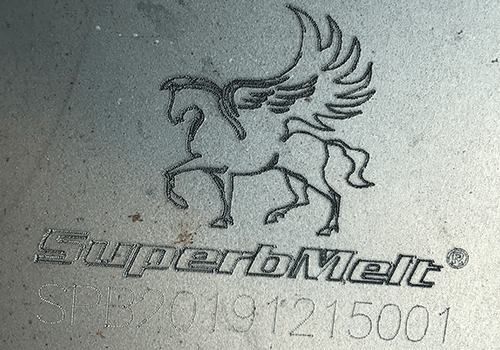
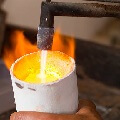
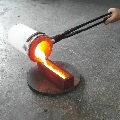
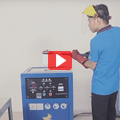
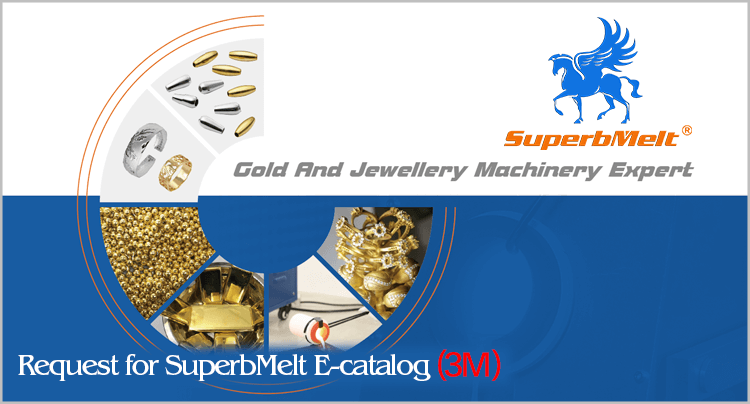
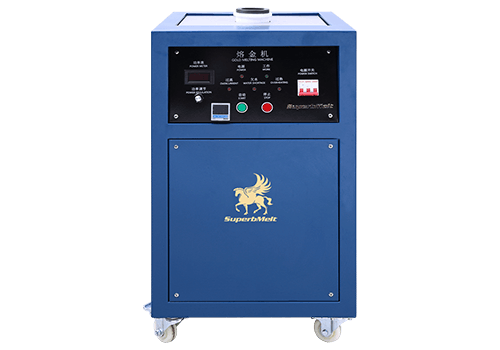
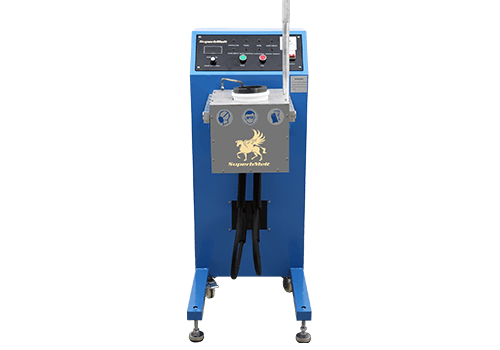
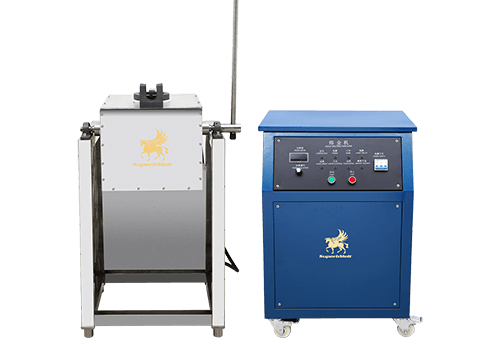
 © Copyright 2008-2021 Superb Electromachinery Co., Limited
© Copyright 2008-2021 Superb Electromachinery Co., Limited